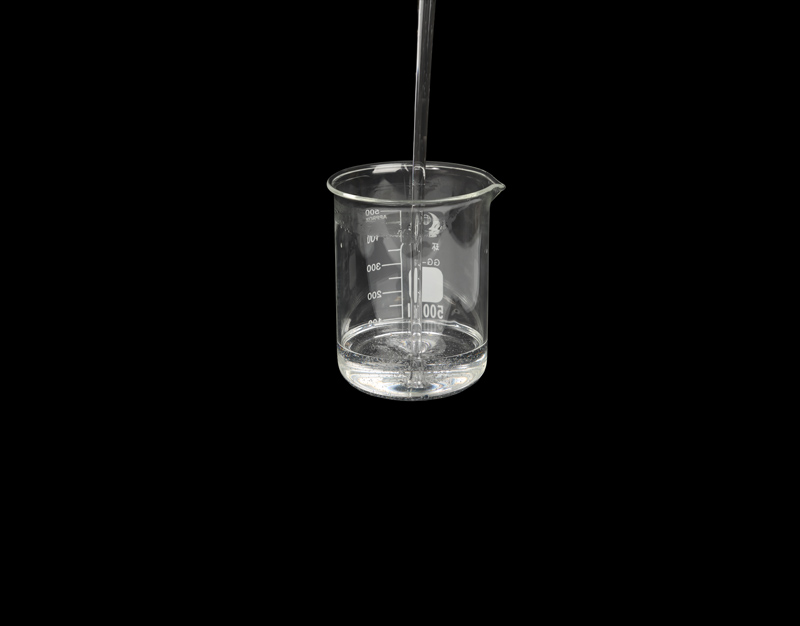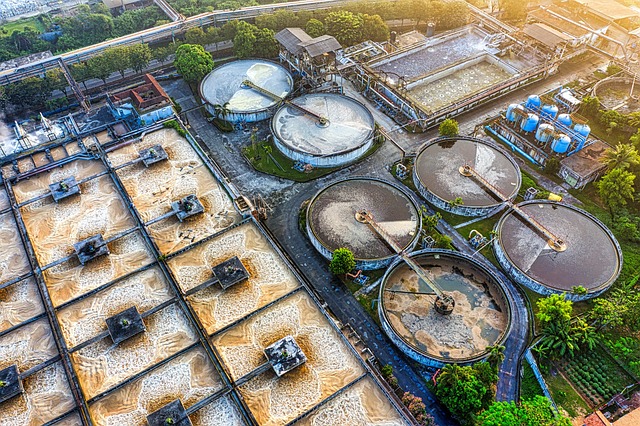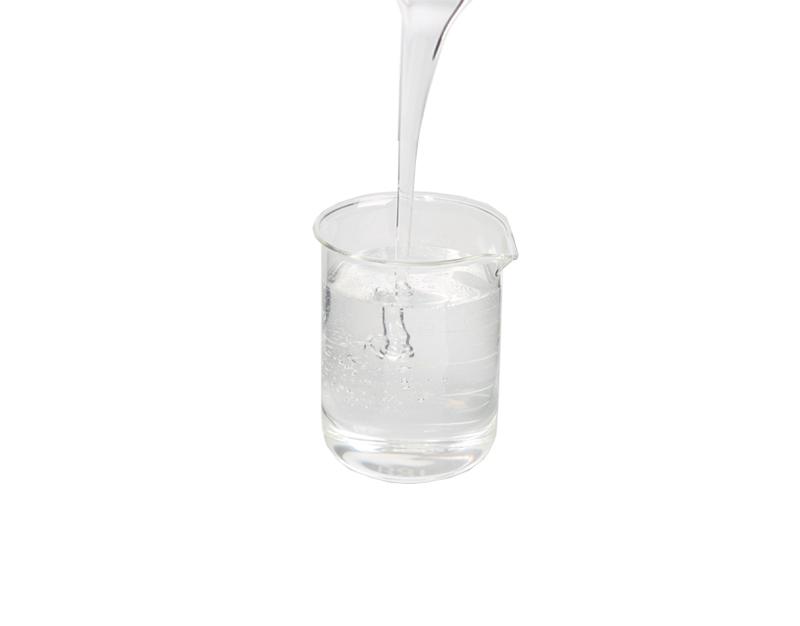- info@cychemicals.com
- +8613655695601
- Weicun Industrial Park, Chunjiang Town, Xinbei District, Changzhou City, Jiangsu Province
Detailed Introduction:
What Is A Good Defoamer?
Regarding the question of good defoamers, I think there must be many answers. Because different usage scenarios will have different choices. For me, a good defoamer is of course our cychemicals product. We have mature formulas and more than 30 years of market experience, which is enough to cope with various scenarios and customer needs.(THIS IS AN ADVERTISEMENT)
OK, after a short advertisement, I would like to talk to you about the current development trend of the defoamer industry from the perspective of the market, as well as some of our poor views on the future of the defoamer industry. If there is anything wrong, please correct me.

The defoamer market is an essential component within industrial manufacturing, wastewater treatment, and countless other sectors, and in recent times, this market has seen a wave of innovation as firms increase efforts to service demand for more sustainable and efficient foam control solutions that are also cost-effective. This spike in innovation has been propelled by more stringent environmental regulations, the need for greater production efficiency, and a larger emphasis on sustainable solutions across international industries.
Growing Demand for an Environment-Friendly Defoamers
With environmental issues have been raising concerns in recent years, industries are being pushed to become greener. Consequently, the defoamer market has undergone a significant transition towards biodegradable, non-toxic, and sustainable formulations. These bio-based defoamers minimize environmental impact while providing effective foam control in applications like wastewater treatment, food and beverage production, chemical manufacturing, and oil extraction.
The industry's finding solace in plant-based and natural ingredients (along with newer polyether-based and silicone-polyether blends for effective foam control without harsh chemicals. Most of the manufacturers of defoamers are also working on developing cost effective water based defoamers that can not only degrade foam but also aid in discharging cleaner and safer waste water.
Technological Advancements Drive Enhanced Performance
Research on newer strategies of defoamer structures can lead to higher performance and a broader scope of working situations. OEMs can now provide products that succeed in heat and highly acidic and basic fluids; thus, for more extreme applications. Additionally, the rise of multifunctional defoamers—which can also serve as anti-foaming agents, dispersants, and emulsifiers—has opened up new avenues to help industries optimize their processes while minimizing the use of multiple additives.
Key Industry Applications Witnessing Growth
Driven by rising global consumption and changing regulatory scenarios, demand for defoamers is on the rise in the following prominent demand sectors:
Wastewater Treatment: Polyether defoamers are essential components used in municipal and industrial wastewater treatment facilities to decrease foam formation, enhancing the efficiency of separation processes. As urban populations inflate, and environmental regulation becomes ever more stringent, municipalities and industries are adopting advanced defoaming technologies to optimize foam control along the production chain and enhance the quality of wastewater discharges.

Food & Beverage Manufacturing: With rising demand for superior product quality and great production efficiency, the food and beverage industry is increasingly reliant on defoamers. Foam control is important in processes such as juice production, brewing, and dairy processing in order to maintain texture, taste, and appearance—important factors in consumer satisfaction.

Pharmaceuticals and Personal Care: The Pharmaceutical industry requires defoamers for the manufacture of syrups, medicines, and suspensions. Foam can create serious issues with maintaining uniformity in these products that must meet high quality standards. This industry is witnessing the high demand for catalysts owing to the amount of effluent produced by pharmaceutical companies demanding formulations that are safe and effective.

Paints and Coatings: Defoamers are important in the paint and coatings sector, as they are essential for attaining smooth, bubble-free finishes. The demand for eco-friendly paints is on the rise, and so is the evolution of defoamers to meet the trend with water-based and low-VOC formulations being the industry's need of the hour.

Oil & Gas: One common problem with the oil drilling and extraction process, especially in offshore platforms and high-pressure environments, is foam formation. A major part of defoamer use in the oil and gas industry is in maintaining performance efficiency, blockage prevention, and wear and tear reduction.

Regulatory Push and Future Trends
Government regulation on products across the world is becoming stricter, requiring the utilization of safer and more sustainable chemicals. In the European Union, for instance, legislation such as the REACH (Registration, Evaluation, Authorization, and Restriction of Chemicals) framework has encouraged companies to create defoamers that are less hazardous for employees and the environment. In the U.S. also, EPA (Environmental Protection Agency) guidelines are driving the usage of non-toxic and non-hazardous products, as seen widely in water treatment and food production industries.
With increasing demand for green defoamers, the industry will likely continue with its focus on the sensitive ingredients, low energy consumption procedures, and the creation of multi-functional products that provide foam control alongside other performance advantages.
Conclusion
Large-scale operations require eco-friendly solutions, keeping defoamer industry at a crucial juncture between technologicaly efficent and highly efficent foam control solutions. As demand from diverse sectors skyrockets, this has prompted manufacturers to invest heavily in innovative technologies and sustainable formulations. In the coming years, there will be even more improvement in defoamer performance, especially in terms of reducing environmental impact, and improving production efficiency.
Thank you for reading this article about the defoamer industry; stay tuned for more updates on the defoamer industry as it continues to evolve and meet the challenges of the modern manufacturing world.
Previous : First
Next :Last

